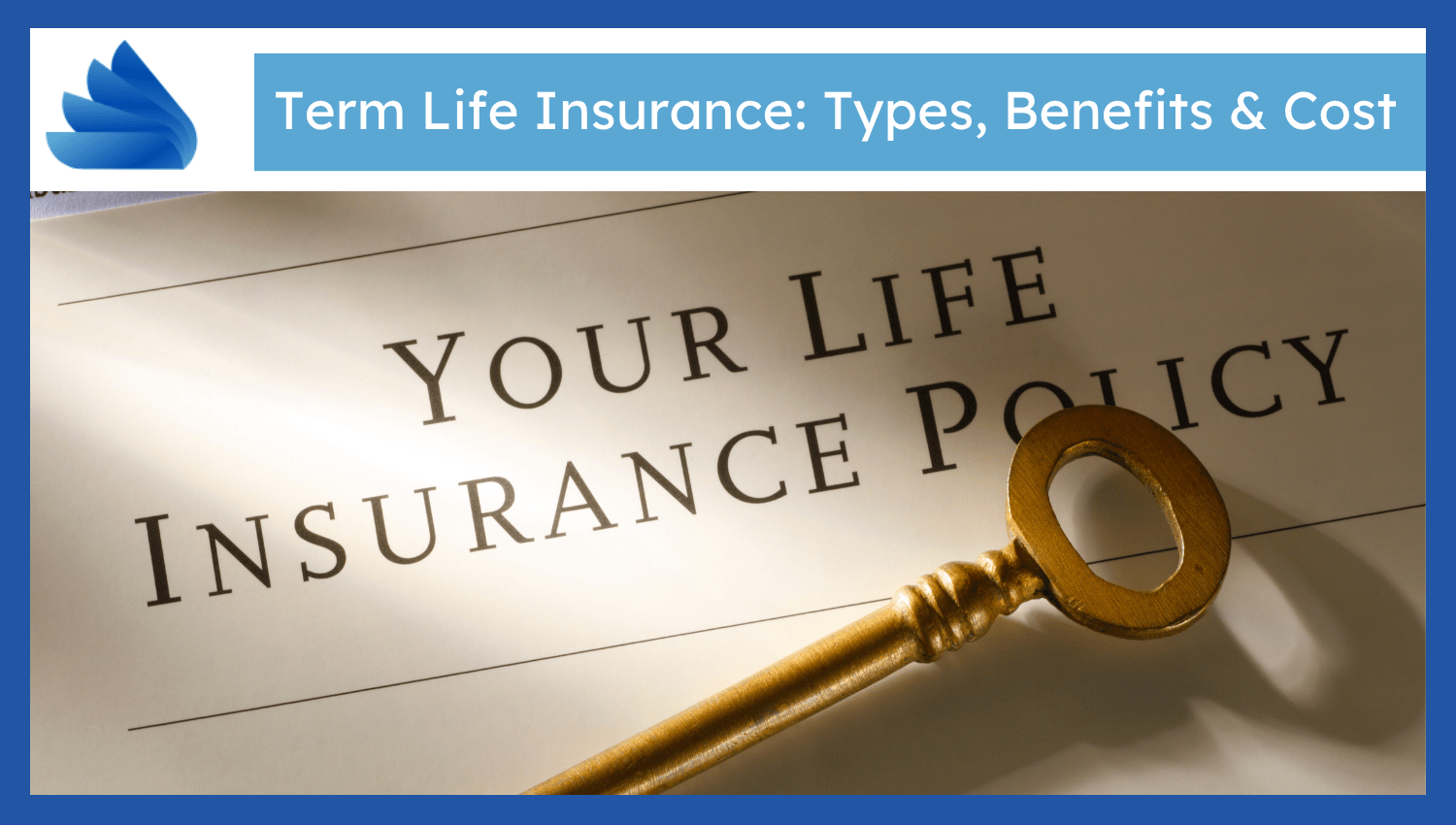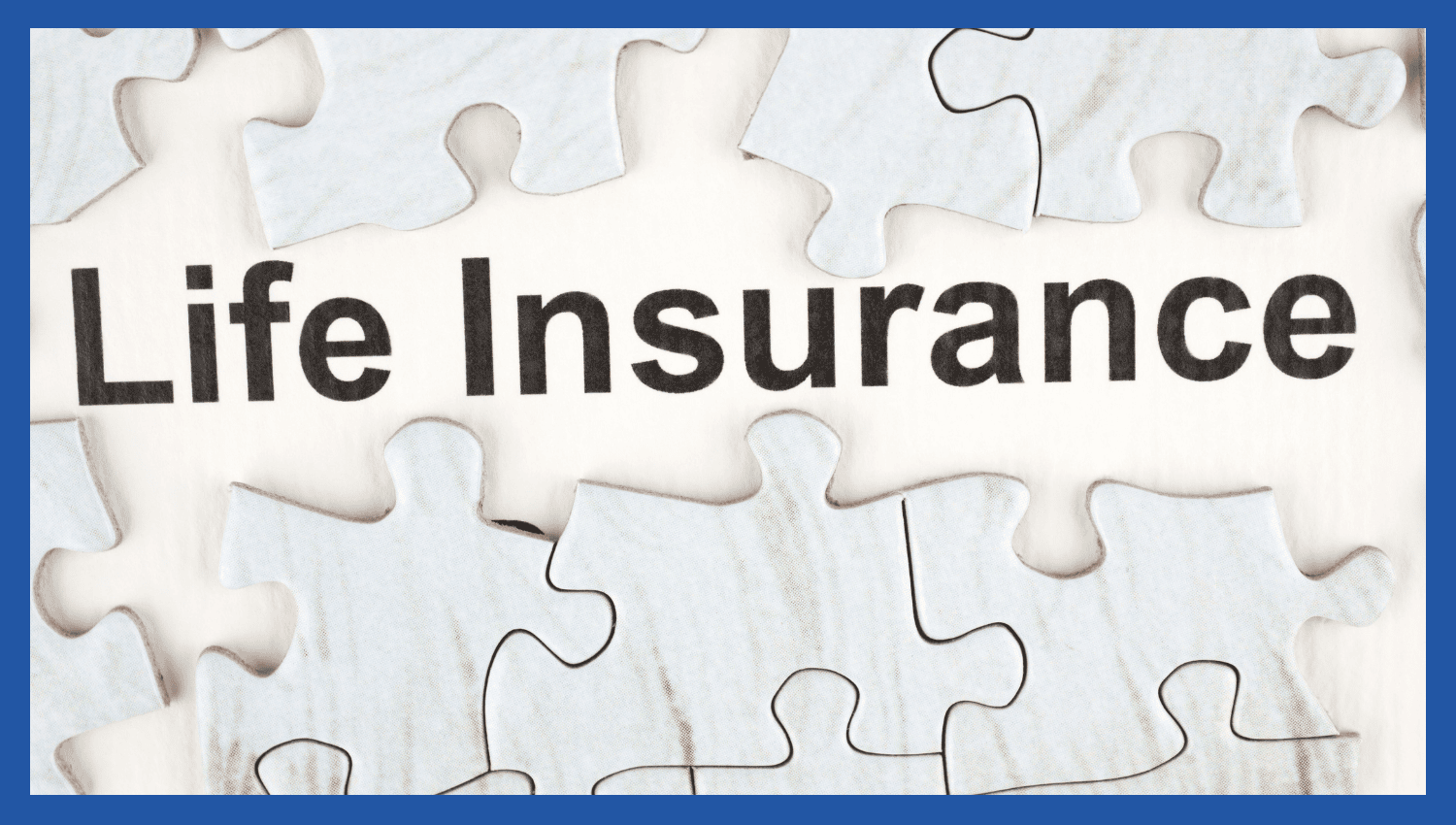
Term Life Insurance: Types, Benefits & Cost
Term life insurance is a type of life insurance that provides important coverage during a certain agreed period, usually referred to as the term.
Term life insurance is temporary coverage that stays for a specified time, generally 10, 20, or 30 years. It delivers financial protection if the insured dies during the agreed term. No payout is guaranteed when the policy lapses and is not renewed. It secures the loved ones against financial loss upon untimely death. The payout goes towards debt, loss of income, or educational expenses.
Premiums are non-negotiable and it does not build cash value. The cover ceases at the end of the term. Renewal happens at a higher cost. Term insurance is appropriate for individuals who have temporary financial obligations, such as loans, dependents, or mortgages. It provides definite protection over a limited period at cheaper rates.
What are the Benefits of Term Life Insurance?
The following are the 4 death benefits of Term Life Insurance:- Simple and affordable
- Fixed premiums
- High coverage at a low cost
- Ideal for income replacement or debt protection
Simple and Affordable
Term life insurance is the simplest type of life coverage. It lacks investment or savings aspects. Premiums are less compared to permanent life insurance. Costs remain fixed throughout the term.Fixed Premiums
Term life insurance has fixed premiums and remains constant during the term. This implies no surprise payments. Fixed premiums simplify budgeting. Premiums are cheaper than permanent life insurance for younger and healthier people.High Coverage at a Low Cost
Term life is inexpensive and provides more insurance than permanent policies. It offers high death benefits at low premiums. High coverage at low cost suits individuals who require a lot of protection but not at great cost. Premiums vary based on age, health, and length of term.Ideal for Income Replacement or Debt Protection
Term life insurance is appropriate for income replacement and debt protection. It assures a death benefit to cover lost income or loans. This assists families to be financially stable upon the unexpected death of the Policy owner. Financial obligations equal coverage amounts.What are the Types of Term Policies?
The following are the types of term policies:- Level Term (fixed premium and payout)
- Decreasing Term (coverage decreases over time)
- Convertible Term (can be switched to permanent insurance)
- Renewable Term (renew annually without a new medical exam)
Level Term
Level term insurance premiums are fixed, and the death benefit stays the same through the term. There is no change in coverage, and therefore it is predictable and easy to plan. It is the simple form of term policy. People use it frequently to ensure long-term obligations such as income replacement, mortgage protection, or children's education. Premiums do not depend on age and health status, within the period of the policy.Decreasing Term
Decreasing term insurance offers a death benefit that declines over the years, most often in equal annual installments. The premiums usually remain unchanged, even with the reduced cover. It covers debt that rises in value, such as enterprise credit or property loans. Decreasing term policy suits people with decreasing debt needs. It has no cash value and ceases upon expiry of the term.Convertible Term
Convertible term life insurance enables one to convert term insurance to permanent coverage without a medical exam. This functionality is time-bound throughout the term. It is flexible to individuals anticipating change in finances in the future. The new permanent policy premiums are converted based on age. It provides inexpensive coverage with the option for lifetime protection.Renewable Term
Renewable term insurance allows yearly renewal without a medical examination. It has a short-term coverage that can be extended upon the completion of every term. The premiums get higher with every renewal, depending on age. It provides guaranteed coverage in case of health deterioration. It is more costly than level terms when held over a long period, as costs rise over time.Who Should Consider Term Life Insurance
Term life insurance is recommended to young families that want to secure their income and protect expenses such as childcare and education. It helps during high financial responsibility years. The policy term can be aligned with major events in the family, like raising children or paying up debts. Individuals who have mortgages or debts utilize term life to ensure survivor protection. The coverage is equal to the term of the loan. Business partners utilize term life for key-person protection. The compensation addresses losses, substitutes skills, or finances a buyout. It provides high-value business coverage.How Much Coverage Do You Need?
Here is the coverage you need:- Rule-of-thumb formulas (e.g., 10–15x income)
- Online calculators
- Custom assessments based on dependents and debts


